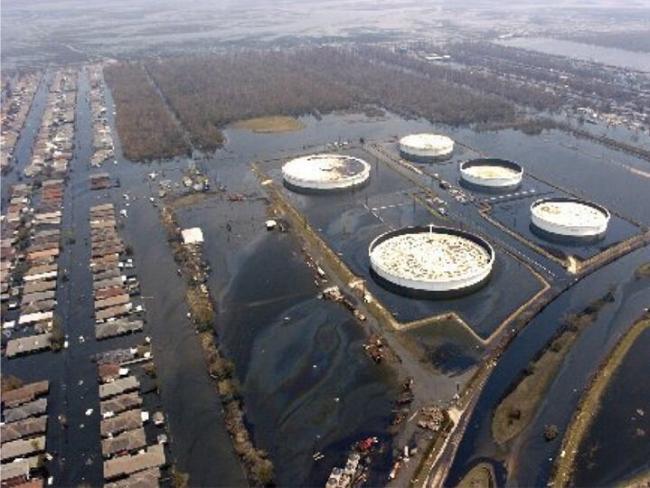
Dr. Rifai’s group couples hydrodynamic models with environmental fate and transport models and infrastructure failure probability estimates to project the impact of extreme events on the health of communities due to spills and leaks from industrial facilities, wastewater treatment plants, hazardous waste sites and other sources of pollution in urban and coastal environments. Chemical and petrochemical storage tanks, for example, can capsize or be uplifted and transported along flowing floodwaters. Upon encountering an obstruction, these tanks can rupture and release their contents into flooded areas affecting air, soil, and water quality and nearby populations and their homes. When floodwaters recede, pollutants are transported into waterways where they cause further damage to the natural environment. Developing an in-depth understanding of vulnerabilities in built and natural environments is studied in the Rifai group and translated into actional adaptive strategies to achieve resilience and sustainability.